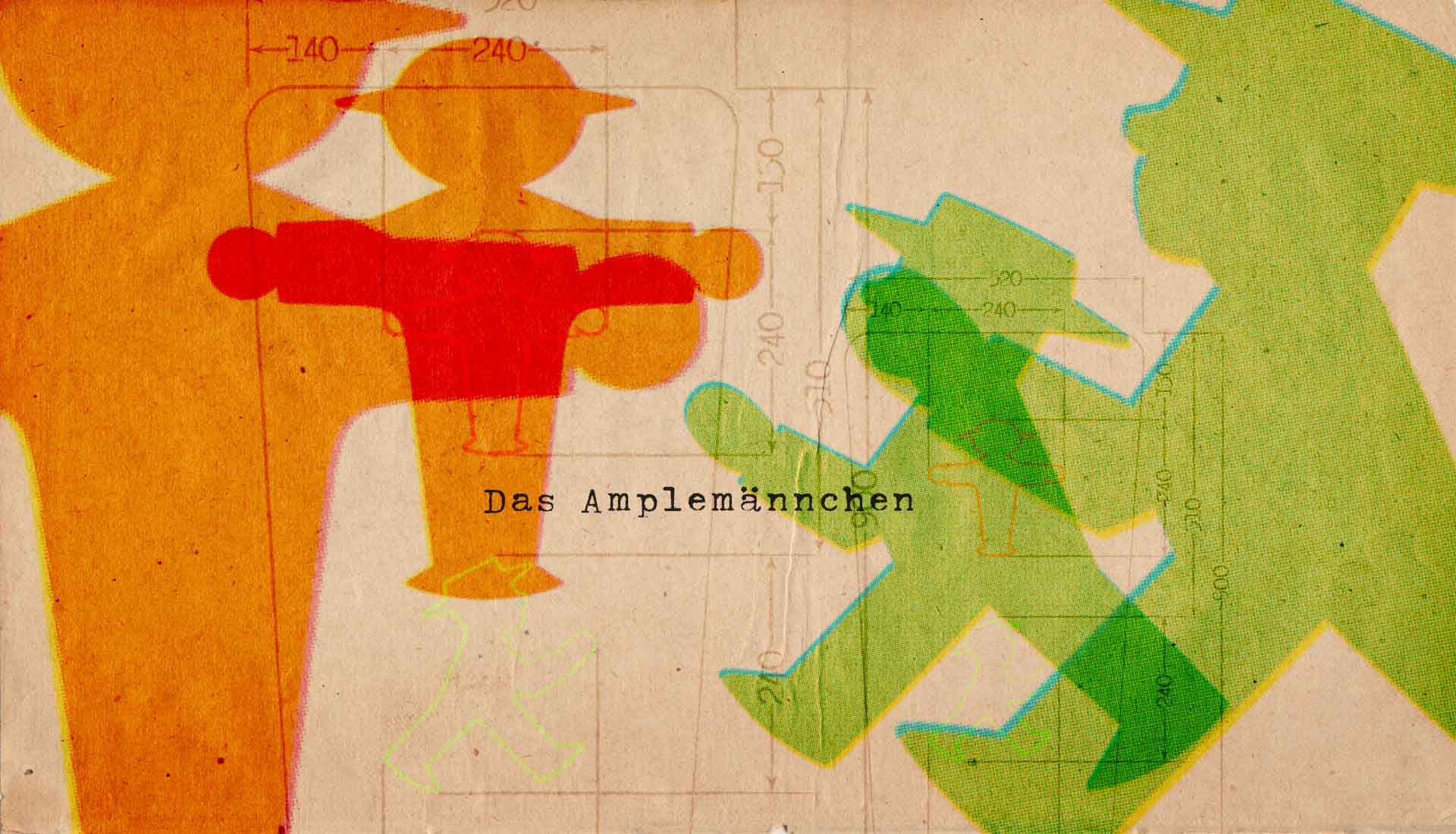
Road trip! Day 6: Next Stop – Wrocław
Road trip! Day 6: Next Stop - Wrocław
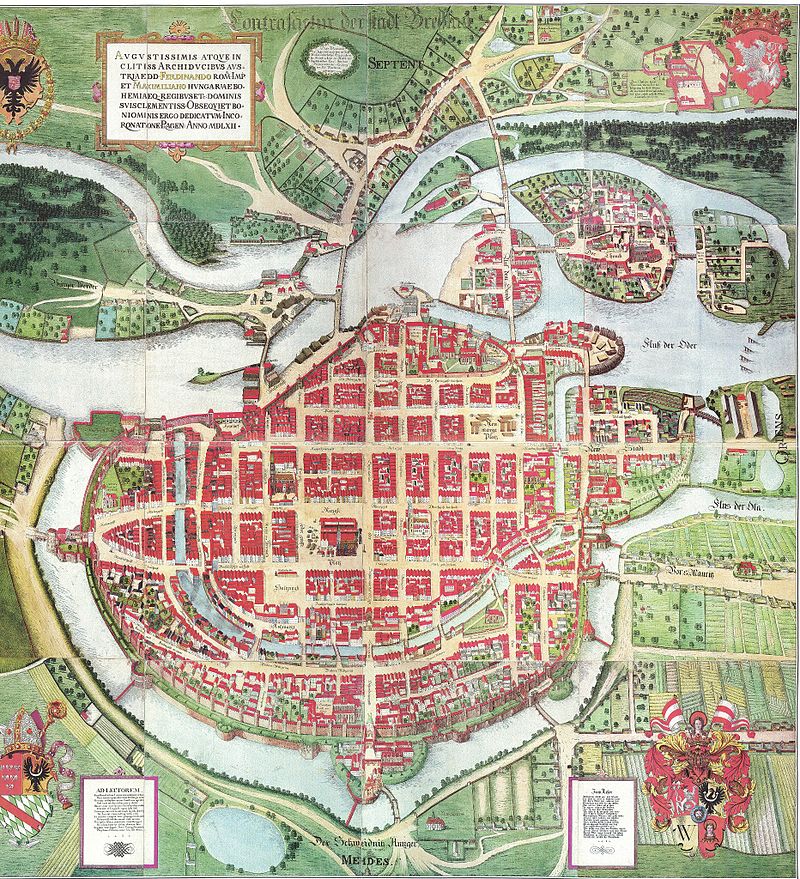
Today is the day we leave Kraków for Wrocław. Like yesterday, we eschew the hotel breakfast and want to head to "Big Hat of Coffee" for breakfast. We finish packing and, looking at the time, Olaf suggests we try out a cafe we saw when we drove in two days ago. I agree and we walk out of the hotel toward the aforementioned cafe. As most of our endeavors in Kraków, this did not work out as planned. As we search for the entrance to the cafe, which we believe is on the fourth floor, we walk into a ground floor entrance where we are greeted by a security guard. We try to explain that we are looking for coffee - he tries to explain (in Polish) that it is closed (I think) and maybe it will be open later (perhaps). Anyway, regardless of what was actually said, we know we need to find another place for breakfast. Olaf spots someplace across the street and we head over there to have our fill of caffeine and croissants. About an hour later, we are on the road to Wrocław.
Today is the day we leave Kraków for Wrocław. Like yesterday, we eschew the hotel breakfast and want to head to “Big Hat of Coffee” for breakfast. We finish packing and, looking at the time, Olaf suggests we try out a cafe we saw when we drove in two days ago. I agree and we walk out of the hotel toward the aforementioned cafe. As most of our endeavors in Kraków, this did not work out as planned. As we search for the entrance to the cafe, which we believe is on the fourth floor, we walk into a ground floor entrance where we are greeted by a security guard. We try to explain that we are looking for coffee – he tries to explain (in Polish) that it is closed (I think) and maybe it will be open later (perhaps). Anyway, regardless of what was actually said, we know we need to find another place for breakfast. Olaf spots someplace across the street and we head over there to have our fill of caffeine and croissants. About an hour later, we are on the road to Wrocław.
-

Wrocław 1562
In ancient times, a place called Budorigum was at or near Wrocław’s location – noted on a map circa AD 142–147. The city of Wrocław originated at the intersection of two trade routes. Settlements in the area existed from the 6th century onward during the migration period. The city was first recorded in the 10th century as Vratislavia. The medieval chronicle written in 1112–1116, named Wrocław, along with Kraków and Sandomierz, as one of the three capitals of the Polish Kingdom and in the 13th century, Wrocław was the political center of the divided Polish kingdom. In 1241, during the First Mongol invasion, the city was abandoned by the inhabitants and burned for strategic reasons. After the Mongol invasion the town was partly populated by German settlers. With the influx of settlers, the town expanded and adopted German town law in 1242 and “Breslau,” the Germanized name of the city, appeared for the first time in written records. After the death of the Duke of Wrocław in 1335, the city, which for 350 years belonged to the Polish, was incorporated into the Kingdom of Bohemia. In the ensuing centuries, the city has survived two large fires (1342 and 1344) and an earthquake in 1443 as well as numerous wars and occupations that irrevocably shaped the city. Wrocław is now a unique European city of mixed heritage, with architecture influenced by Bohemian, Austrian and Prussian traditions, such as Silesian Gothic and its Baroque style of court builders of Habsburg Austria.

The drive to Wrocław is uneventful, and we arrive at the hotel mid-afternoon.. After checking in, we head out to the inner city for some exploration. It is raining – not heavily – but enough to necessitate a rain jacket. Our hotel is close to the inner city so it is not far to walk. As we enter the marketplace, we are greeted with the spectacular sight that is the market square.
The Market Square, is a medieval market square that first opens between 1214–1232. The buildings around the square are built in different styles: the middle part of the ring is occupied by a block of buildings consisting of the Old City Hall, the New City Hall as well as numerous citizens’ houses. During World War II, the market square was damaged, however, most of the buildings remained intact and were carefully restored according to the way it looked in the late 18th century, using Baroque and Classicism styles.
-

-

Wrocław Market Square -

Wrocław Market Square -
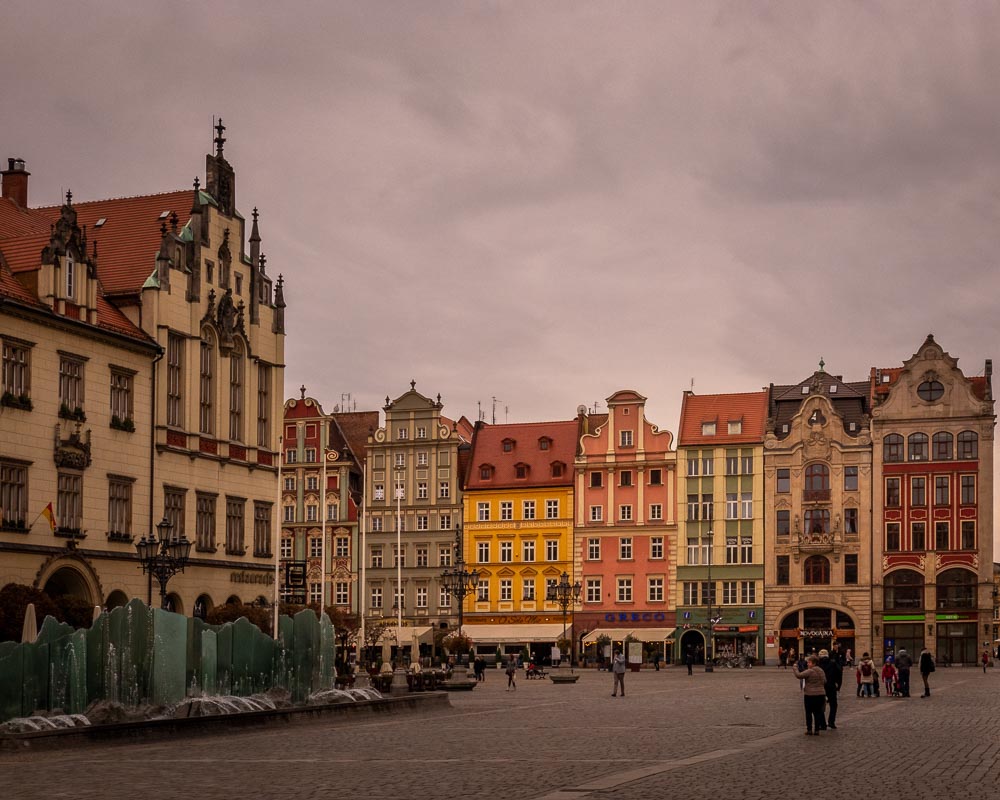
Wrocław Market Square -

Wrocław Market Square -

Feniks Department Store, built in 1902–1904 -

Wrocław Market Square 1890-1900

A huge feature of the Market Square is the Old Town Hall. The town hall was developed over a period of about 250 years, from the end of 13th century to the middle of 16th century. The exact date of the initial construction is not known. However, between 1299 and 1301 a single-storey structure with cellars and a tower was built. Toward the end of World War II, the Town Hall suffered minor damage – an aerial bomb pierced the roof (but did not explode) and some sculptural elements were lost. Restoration work began in the 1950s following a period of research, and this conservation effort continued throughout the 20th century and it is considered a fine example of bourgeois Gothic architecture.
-

Old Town Hall -

Old Town Hall -

Old Town Hall -

Old Town Hall
Since we are hungry, we decide to stop at a steakhouse called “Whiskey in the Jar.” It is too cold to sit outside (and it is full) and we are ushered upstairs to a table. We place our order and wait.
-

Whiskey in the Jar -

Mmmm…steak
After dinner, we walk back to our hotel along a different route. It is an interesting juxtaposition – these old buildings that have not been fully repaired with the splendor that is the Market Place. But I think it adds to the character of the city and is telling of the city’s past.
-

A beautiful building in need of TLC -
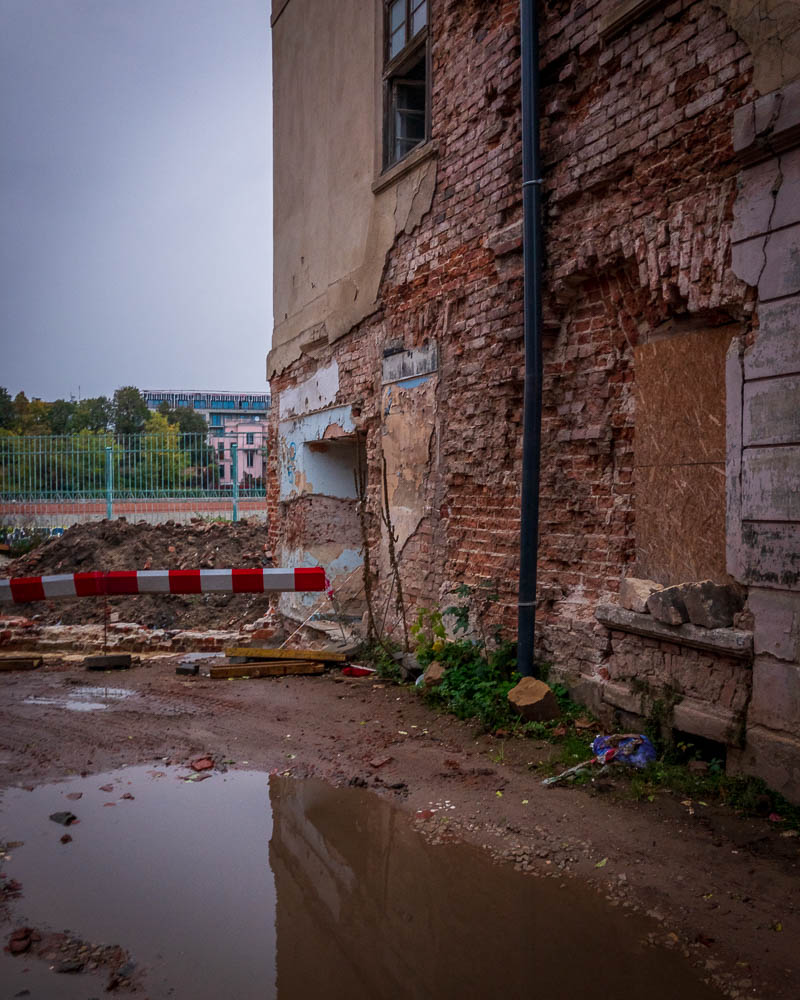
This has seen better days -

A reminder of the not-too-distant past -
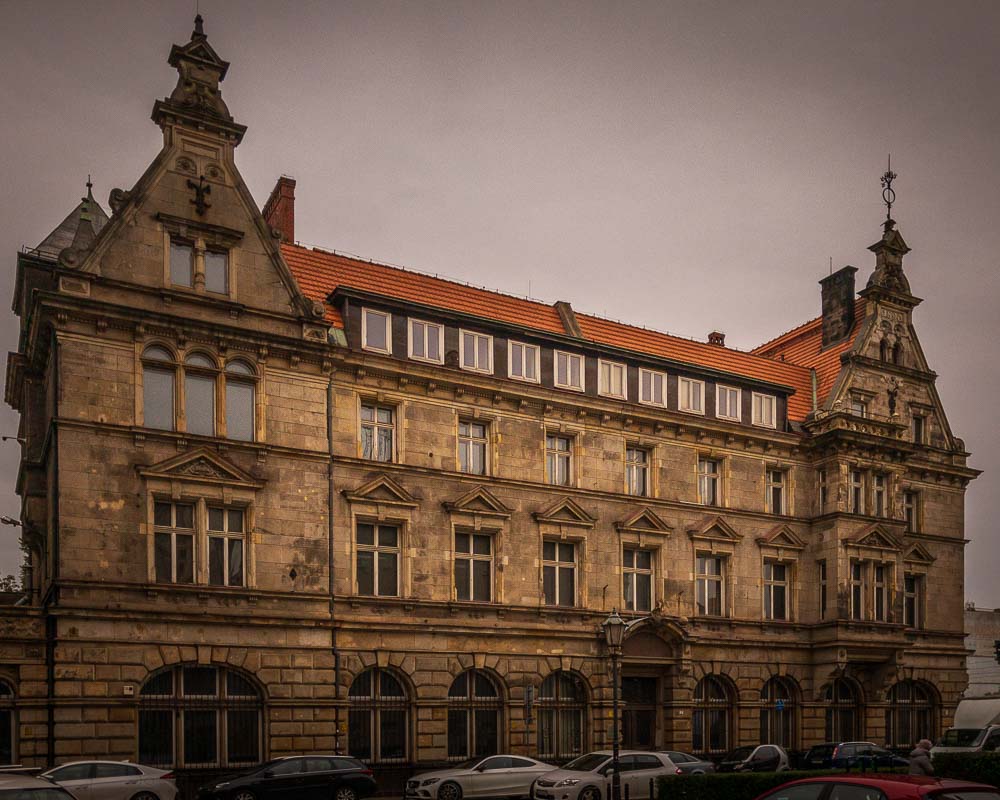
-

Back in the hotel, over a glass of wine, we review our day and plan for the day ahead. ![]()



